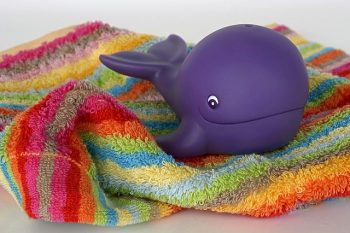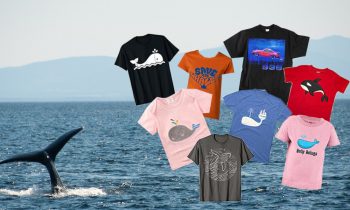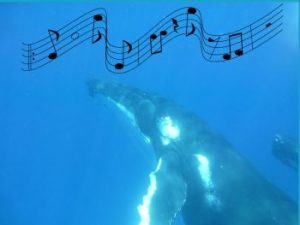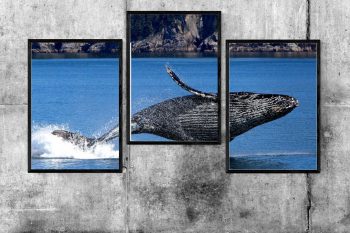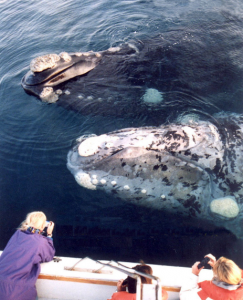
In the last two years in the province of Chubut, the Southern right whale beat their own record. In 2017, 788 whales were registered and in 2018 a record of 1,079. The season runs from June to December. How many Southern Austral whales will they be in the 2019 season? We’ll have to wait to know …
This whale is declared in Argentina as a National Natural Monument since 1984. During the survey carried out, 365 pups were counted in the Nuevo and San José gulfs, a record number since the scientific studies of this species began in 1970 in that place.
Take care of them because they are threatened
What threatens the whales is the human being in different ways. We can mention the collisions with the boats, the confusion caused by the sonars of the military ships, the chemical and acoustic contamination, the fishing nets that are abandoned in the ocean, etc.
Also that species have characteristics that in the XIX century condemned it to death: it is friendly and very curious. That’s why the whaling ships, especially Japanese, did not have to chase them to hunt them: the specimens approached the boats where they were caught using harpoons.
If you are interested in the topic, read the post “How Many Whales Are There in the World?” Which, among things, highlights what kind of threat each species suffers and how that has affected its population.
In Península de Valdés we add the threat of “cook gulls” that feed on the skin and fat of live whales. However, the population in Península de Valdés is a record.
The specialists explained that although it can not be assured, it is possible that the change in population dynamics may be related to the El Niño phenomenon. In recent years, has affected the climate in the world.
The changes in sea temperature in Antarctica has generated the abundance of Krill. The krill is an elemental crustacean for the feeding of whales. That may have altered or affected the dynamics in the distribution of the whales.
Know who is who helps
For 48 years, researchers from the Whale Conservation Institute have been carrying out a photographic survey in which the coasts of Península Valdés fly over an airplane in order to identify individuals, especially females.
This study allowed the creation of a database and the most complete catalog of recognized individuals that exists globally.
“With an aerial photo we can know who is who in Península Valdés. A technique that has allowed us to identify more than 3350 whales,” says Sironi, who has been studying these animals since 1995.
On this basis, the Southern Right whale Research Program is developed, which constitutes a world record of continuity carried out on a whale species.
In 1990, 400 copies arrived in Valdés. But the amount was increasing over the years to reach more than 1,000 this season.
In 2017, 788 Southern Right whales were registered. In 2018 there was a total record! It was possible to count 1,079 animals of which 774 are females with 387 offspring and about 250 adults.
You may also like…
In ofWhale.com you can find the online whale toys you’re looking for, like baby shark toys, stuffed toys or a whale bath toy. Let’s get started with the selected gallery or check more options on the links.
In our world, whales have a great message to transmit to humanity and we agree with them. For you and for your children choose the whale t-shirts best fits your message
Most people loves whales enjoy using CDs with the whale sounds , whale songs and sounds of the waves to obtain a peaceful and restful sleep, perform meditation and relaxation.
Ofwhale.com is the right place where you can get the whale pictures you deserve for your home. Read more about the feelings you convey and the styles you can choose.
How do you recognize them?
Consulting about the difficulty of recognizing the different specimens, he states that “it is feasible because each whale can be recognized by the callosities (a kind of thickened skin patches) that they have on their heads from birth and constitute a kind of fingerprint, that does not vary with the years “.
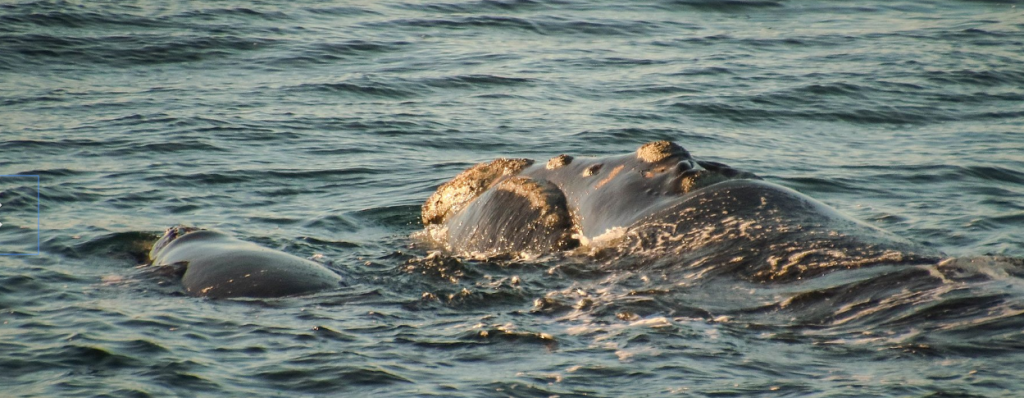
With this method, which allows monitoring the state, health and population dynamics. Sironi and his team created a long-term database, recognized by the Scientific Committee of the International Whaling Commission as one of the most important in the world.
“It is a tool to understand the migratory range of the population, essential to ensure its protection throughout its territory,” he said, something that was corroborated by the data recently contributed by the count carried out by researchers from the National Patagonian Center of Puerto Madryn.
Some cases
“Valentina” is a whale with a long history in Península Valdés. And is the founder of a family in which researchers already know four generations.
It was first identified in 1971. With the help of that form of identification eight babies of Valentina are known who were born between 1975 and 2013. Also three grandchildren and four great-grandchildren!
Another is “Mochita”. It received that name because it lacks the right tip of its caudal fin. It may be the result of an attack by Orcas or a ship’s propeller. He survived the wound and had his first baby at seven years old.
All of these well-known whales from Península Valdés can be adopted symbolically through the Southern Right Whale Adoption Program by entering www.ballenas.org.ar. Donations received through the Adoption Program are directly allocated to research, education and whale conservation projects in Argentina.

